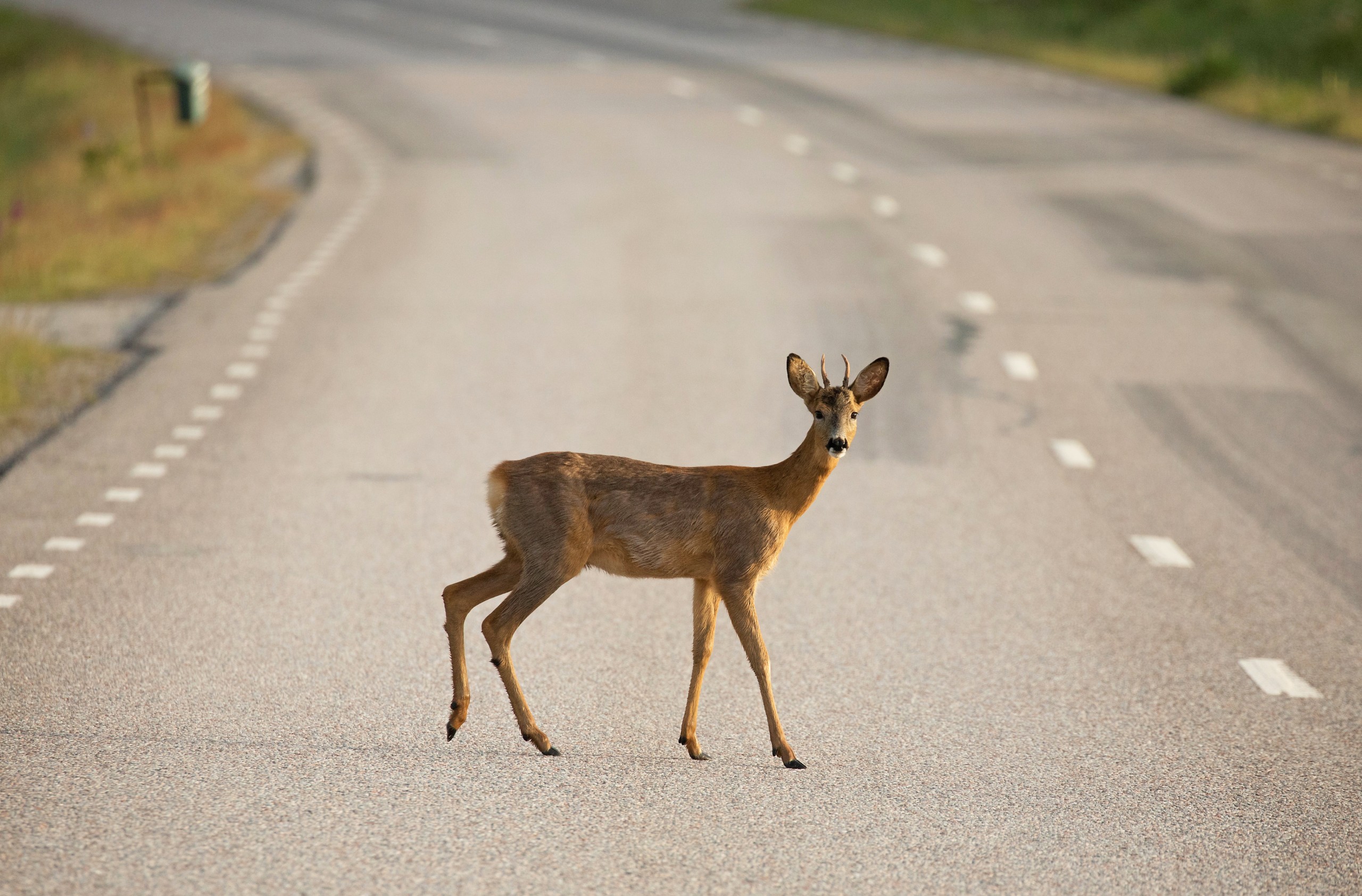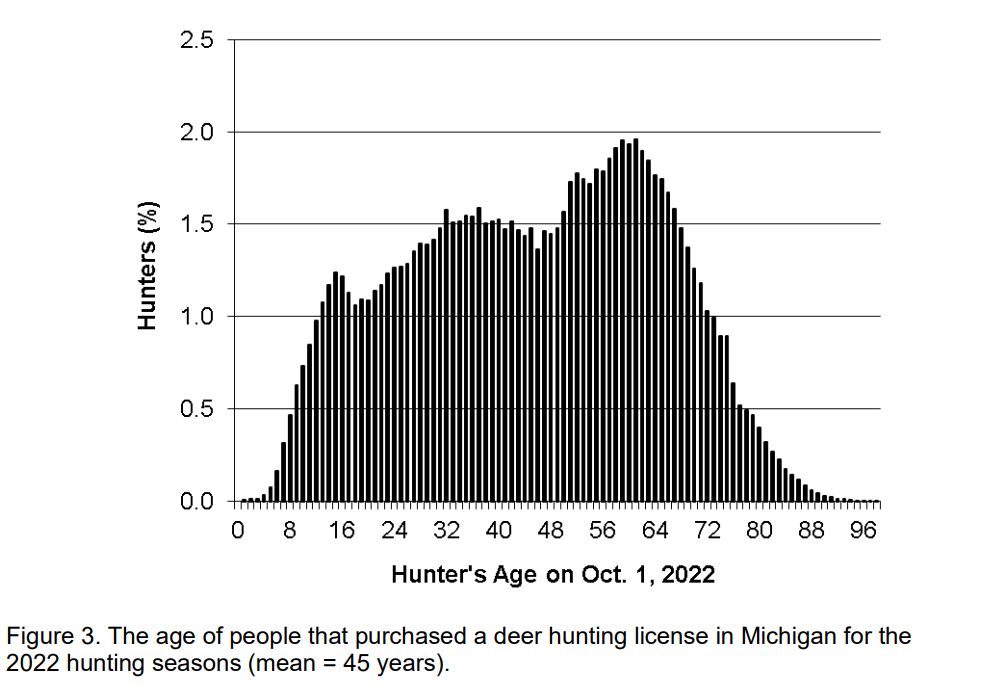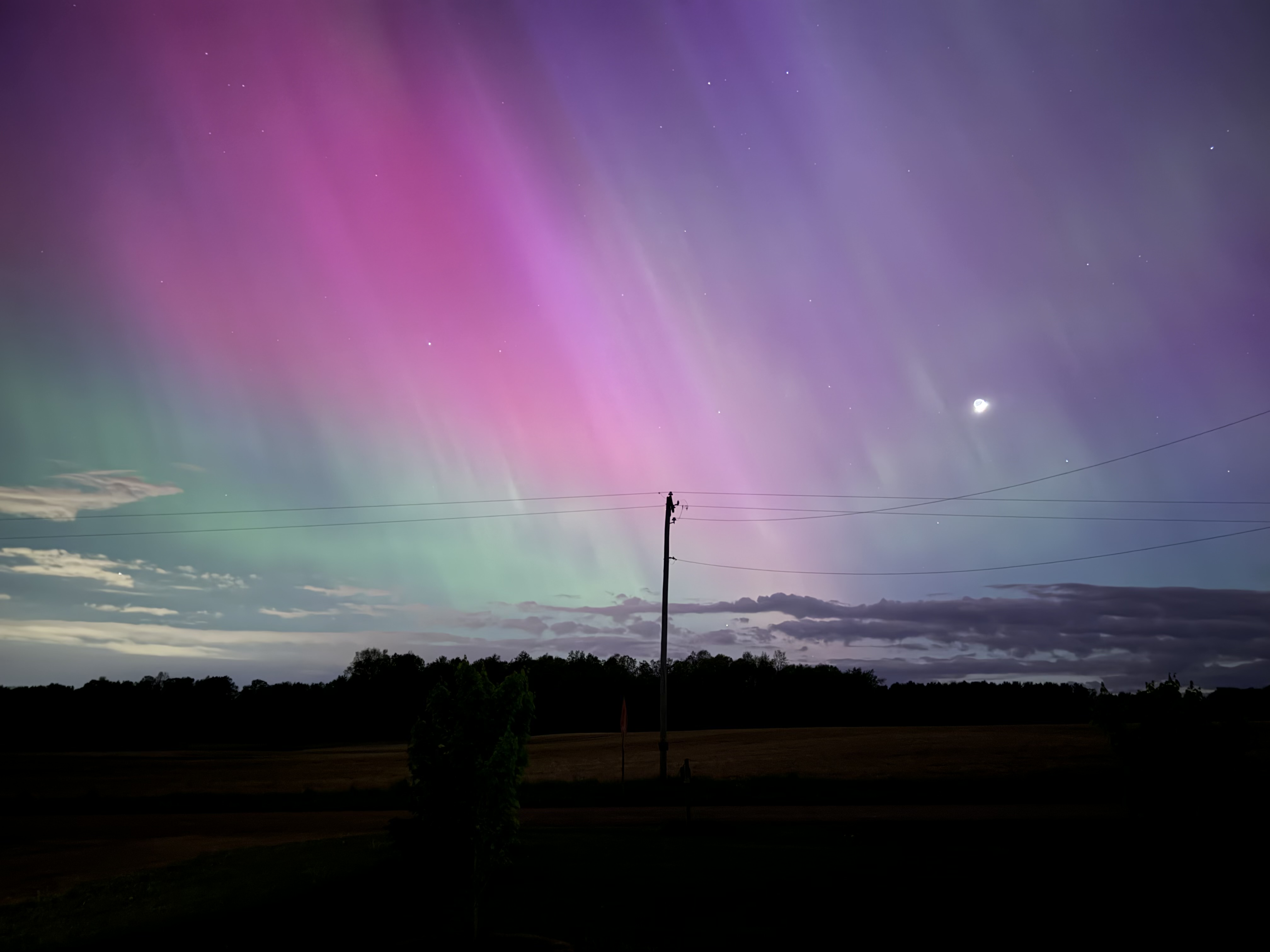Tens of thousands of hunters hit the woods Wednesday, opening day of firearm season. Since 1859, this time-honored tradition regulates the deer population, improves the environment and keeps residents connected to the fruitful lands of Michigan.
The first deer license was sold in 1891. At 50 cents a pop, 14,477 residents purchased a license that year. In 2022, according to Michigan Department of Natural Resources statistics, 586,323 people purchased a license to hunt deer in Michigan. Today, proceeds from licensing’s provide more than $65 million for conservation, habitat restoration and protection from invasive species.
Nick Buggia, chair of the Michigan Wildlife Council, said the entire state is rewarded from annual deer hunting.
“All Michiganders benefit because the health and vigor of Michigan’s outdoors, natural habitats and wildlife populations directly corresponds to the money generated from hunting and fishing license sales,” Buggia said. “Michigan’s management of the state’s wildlife and other natural resources relies primarily on the revenue from hunting and fishing license sales, not taxes.”
The average age of license buyers was 45 years, but hunters of all ages enjoy the sport. About 10% of the license buyers were younger than 18 years old, and about 3% of the license buyers were younger than 12 years old.
About 345,766 deer were harvested statewide in all seasons combined during 2022. Of those deer, 88% were taken on private lands. Approximately 54% of the deer harvested in 2022 were hunted during the regular firearm season.
For the first time in 2022, all successful deer hunters with a state-issued deer license were required to report their deer harvest within 72 hours of recovery. Hunters submitted harvest reports for 297,132 deer in 2022.
Beyond hunting for sport and resources, deer hunting also makes Michigan roadways safer.
“November is known for three things in Michigan: deer firearm season, Thanksgiving and the number of deer-vehicle collisions,” Buggia said. “Without deer hunters, there would be less food and more collisions.”
With an estimated 2 million deer in Michigan, deer-vehicle crashes over the last decade have typically numbered 50,000 or so each year, according to state records. Hunters statewide cull between 300,000 to 400,000 deer annually — animals that could otherwise increase the risk of accidents on Michigan roadways.
“Think of how much higher the likelihood of a vehicle-deer crash would be if it weren’t for the impact of hunting,” said Chad Stewart, a deer biologist for the DNR.
Buggia noted that feeding the hungry may be among the many lesser-known values hunting provides. Michigan Sportsmen Against Hunger coordinates charitable efforts by hunters and Michigan-based deer processors, estimates it has donated more than 1.03 million pounds of venison to food banks, pantries and shelters since 1991, equating to more than 4.15 million meals.
“Michigan hunters for decades have been donating venison to the hungry of our state,” Buggia said. “It’s just one of the ways sportsmen and sportswomen give back to their neighbors and fellow citizens.”
Buggia added, “Hunters and anglers support our state and communities in so many ways, including being at the forefront of conservation ethics by embracing responsible practices, respecting wildlife and contributing to habitat restoration and protection efforts. If you know an angler or see a hunter, please thank them for all they do to maintain balanced wildlife populations and prevent overpopulation, as well as for feeding the hungry and reducing crashes. They truly make Michigan’s outdoor spaces better for us all.”
Virtual Buck Pole
Submit photos from hunting season to the 9&10 News virtual buck pole. Images will be featured on our website and on-air each day of hunting season.



